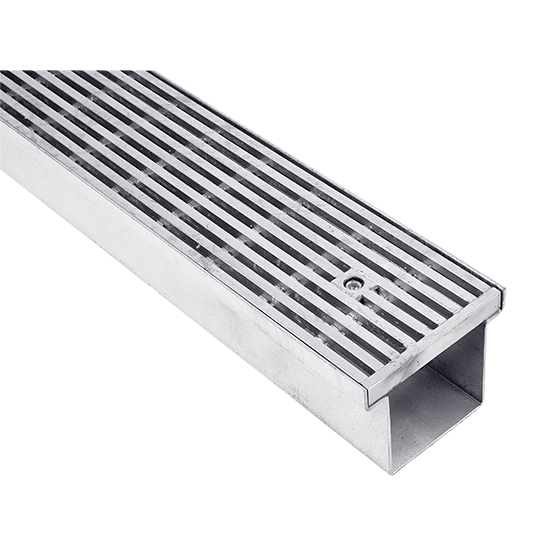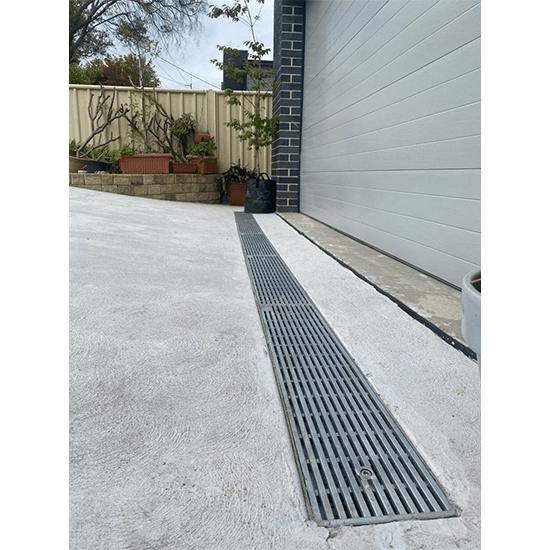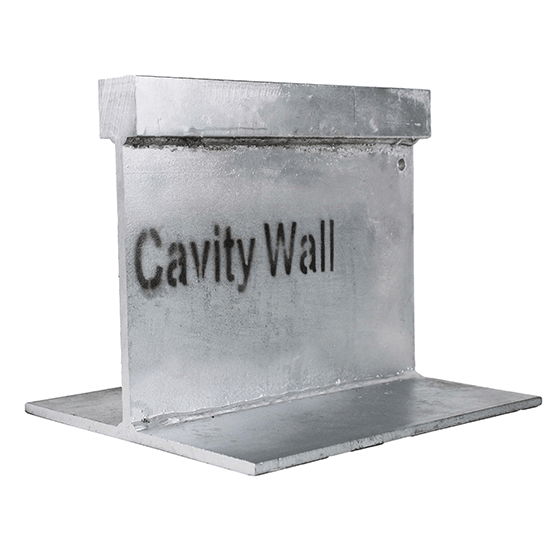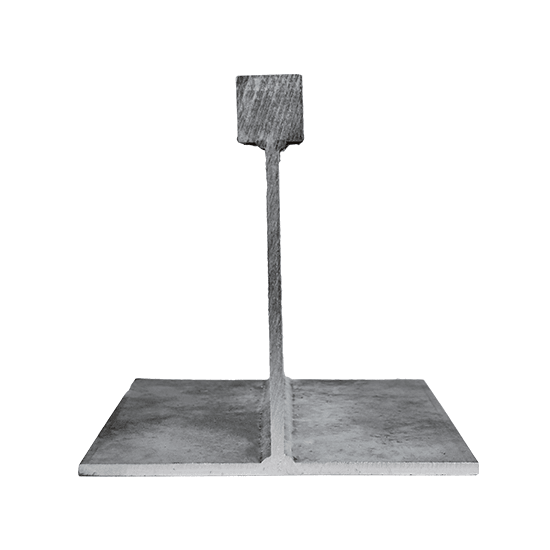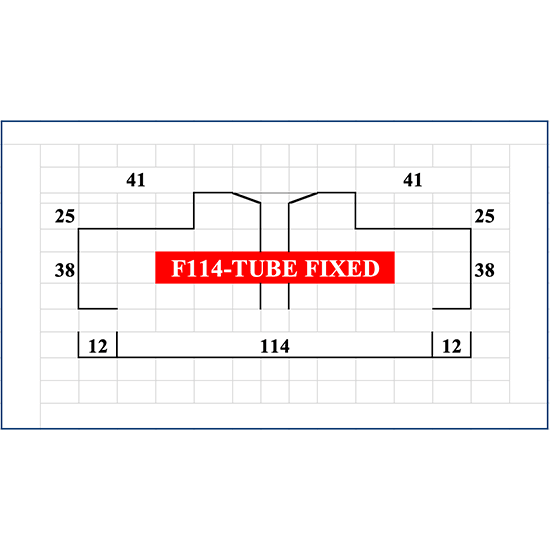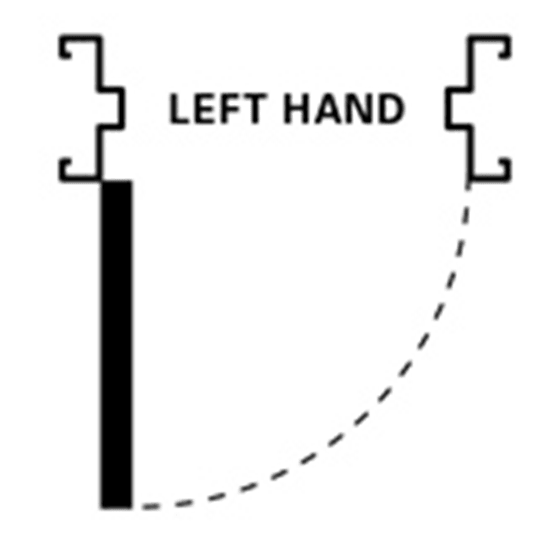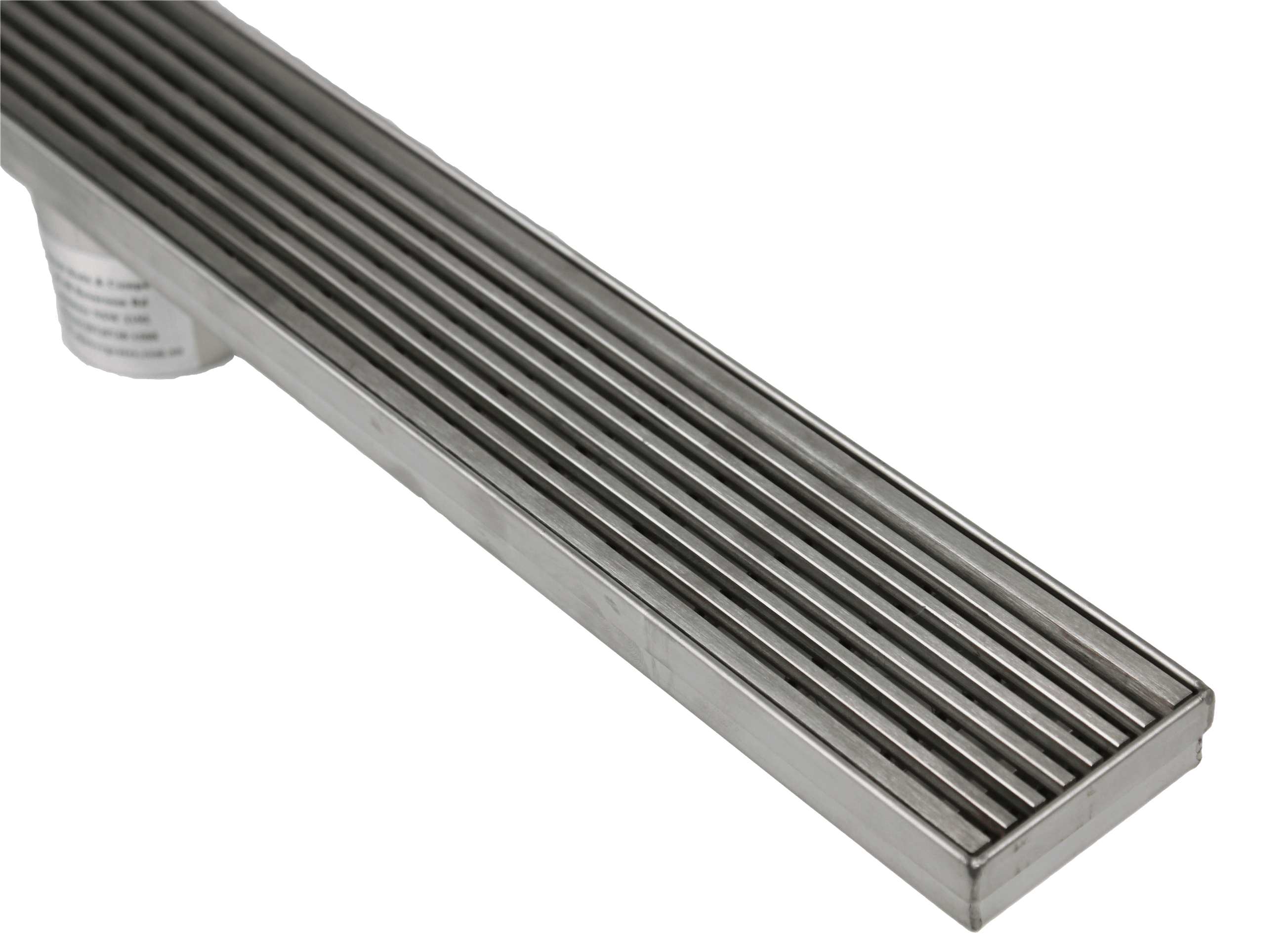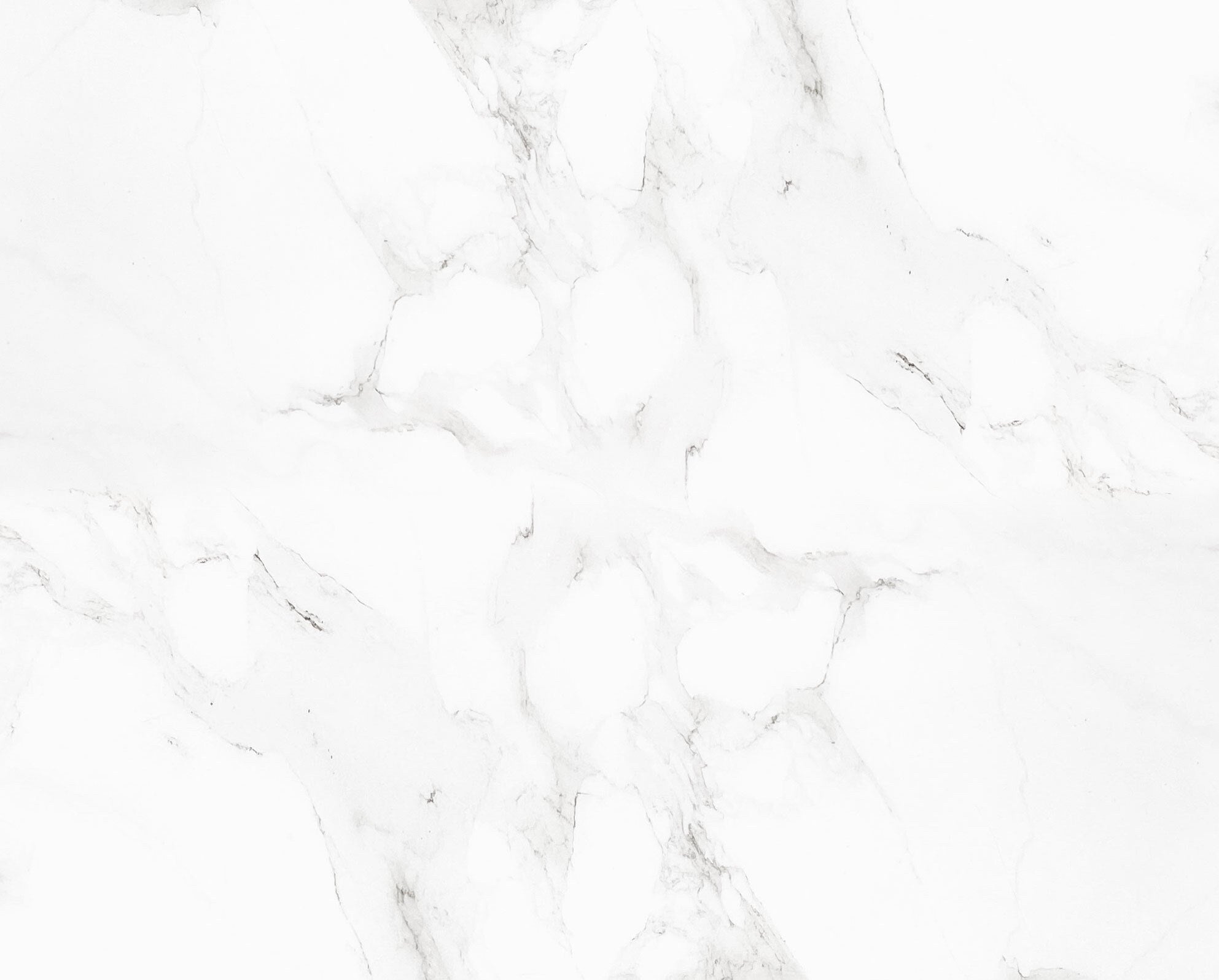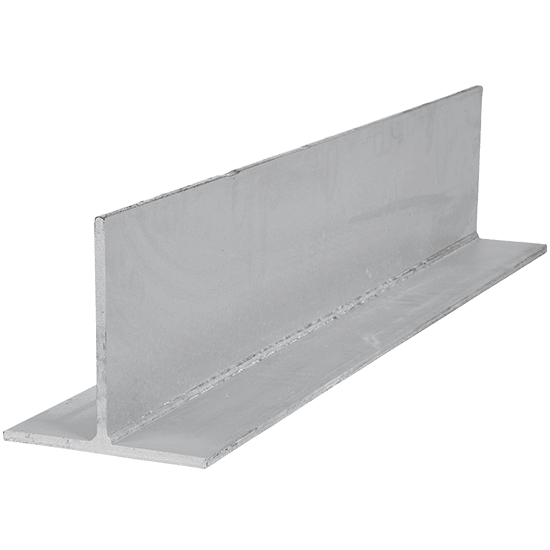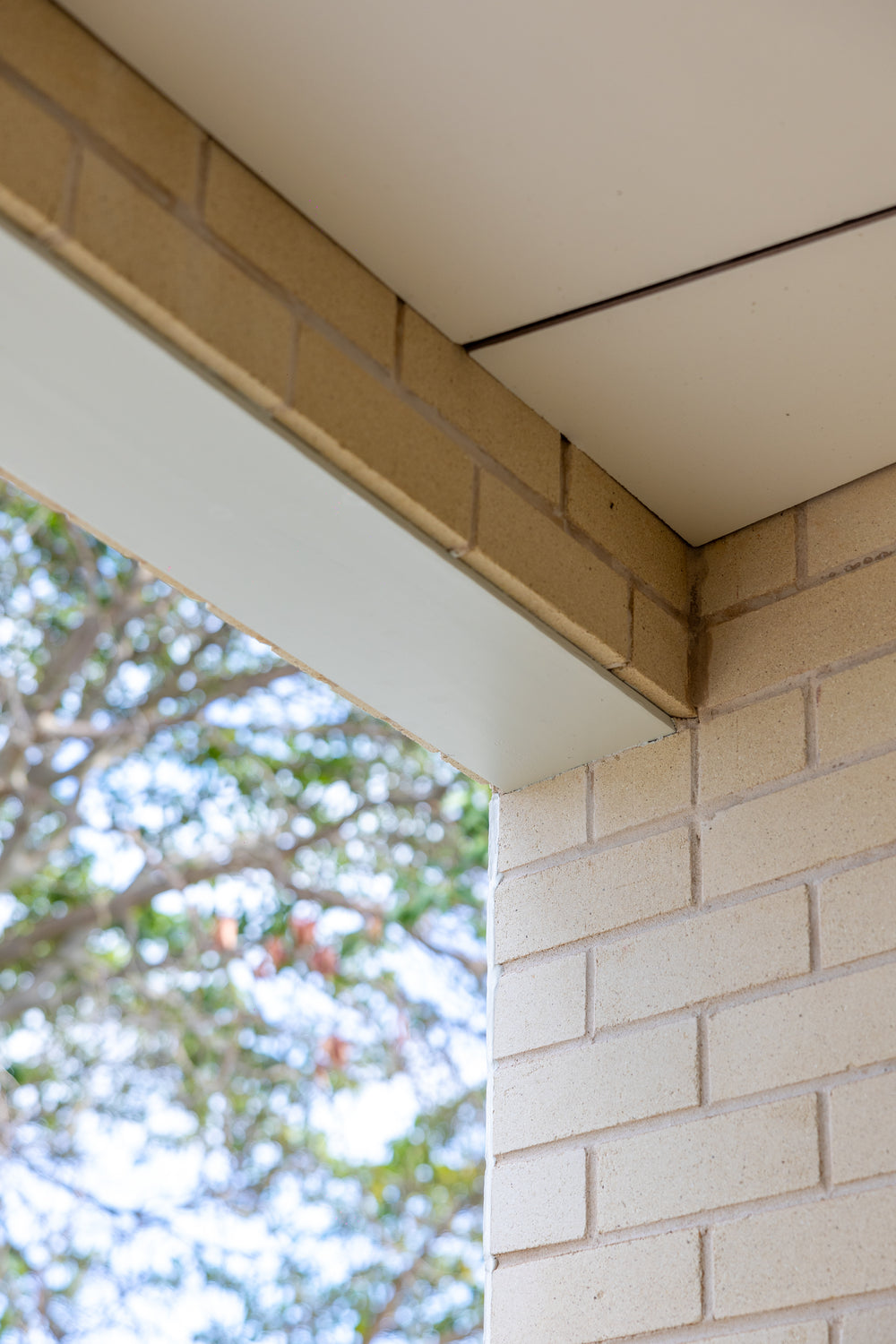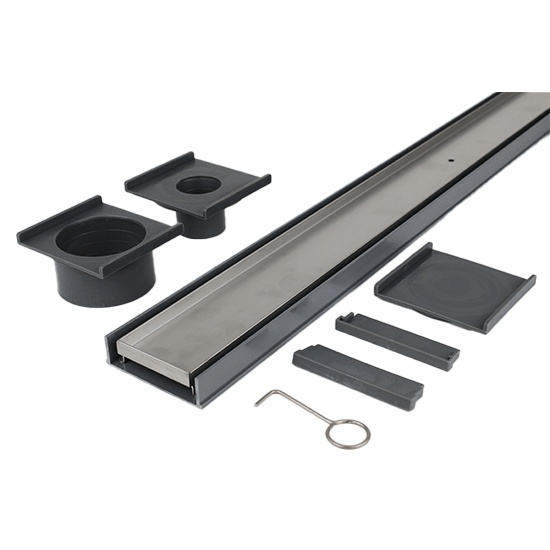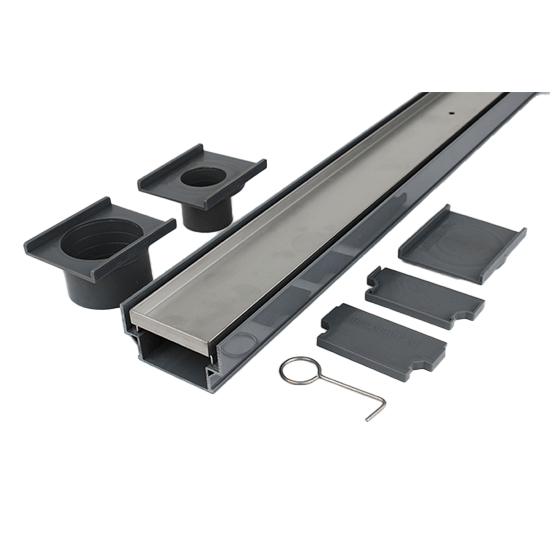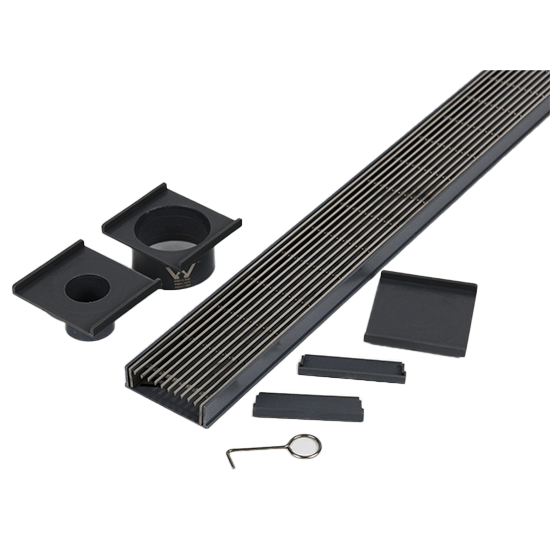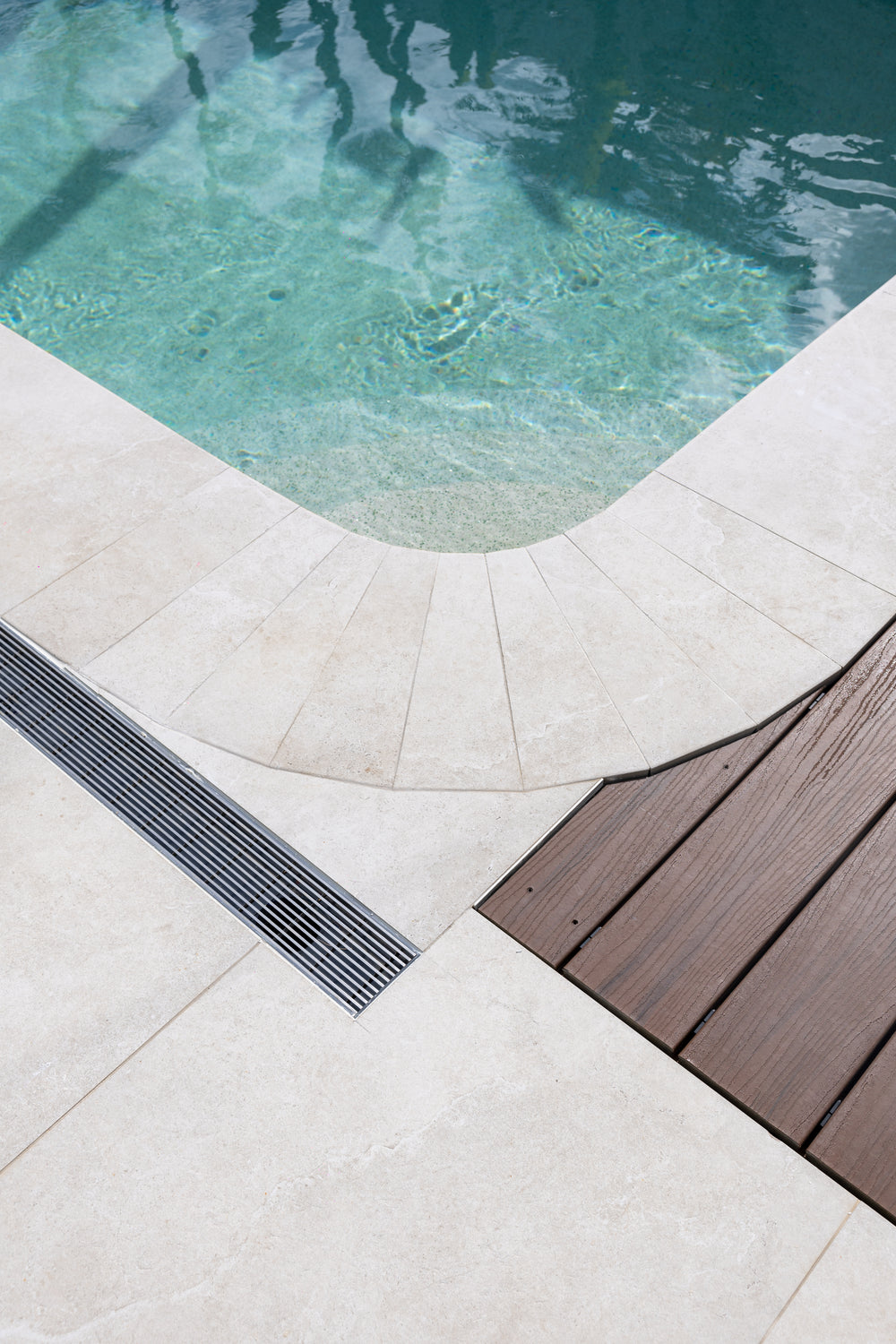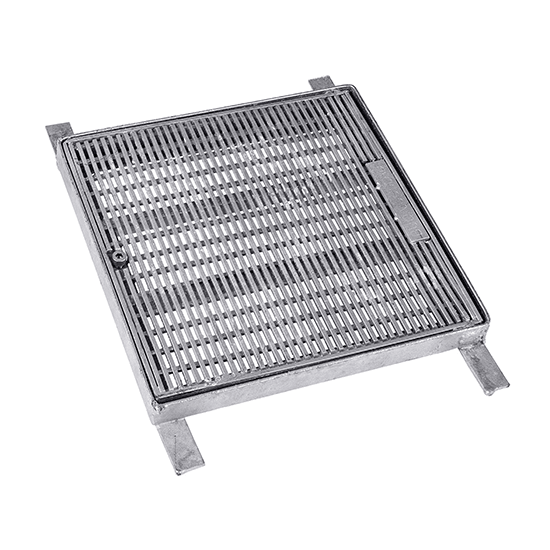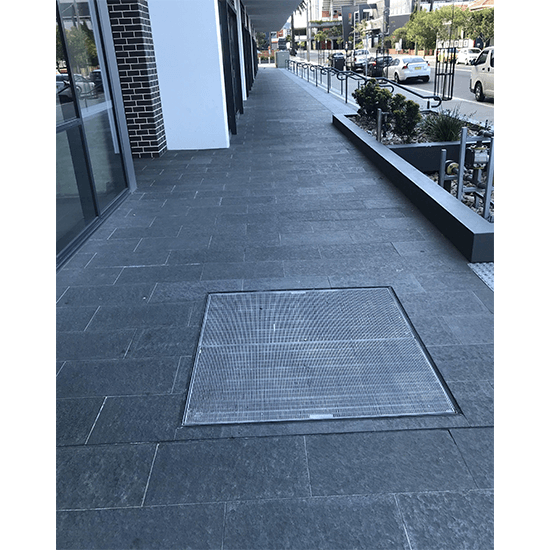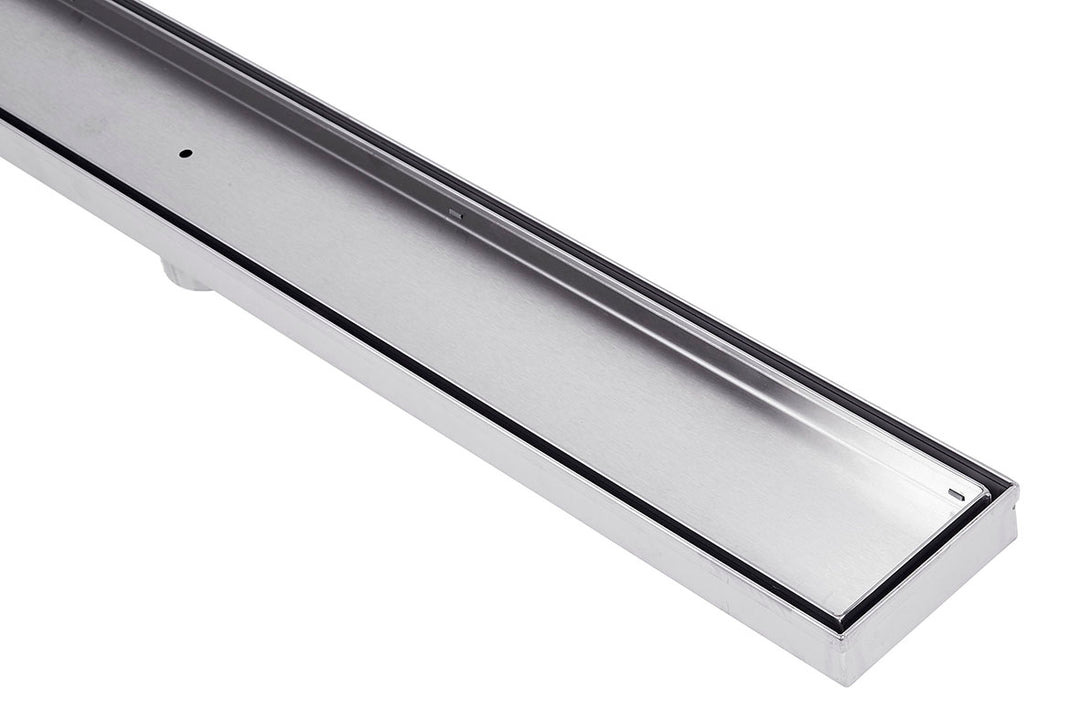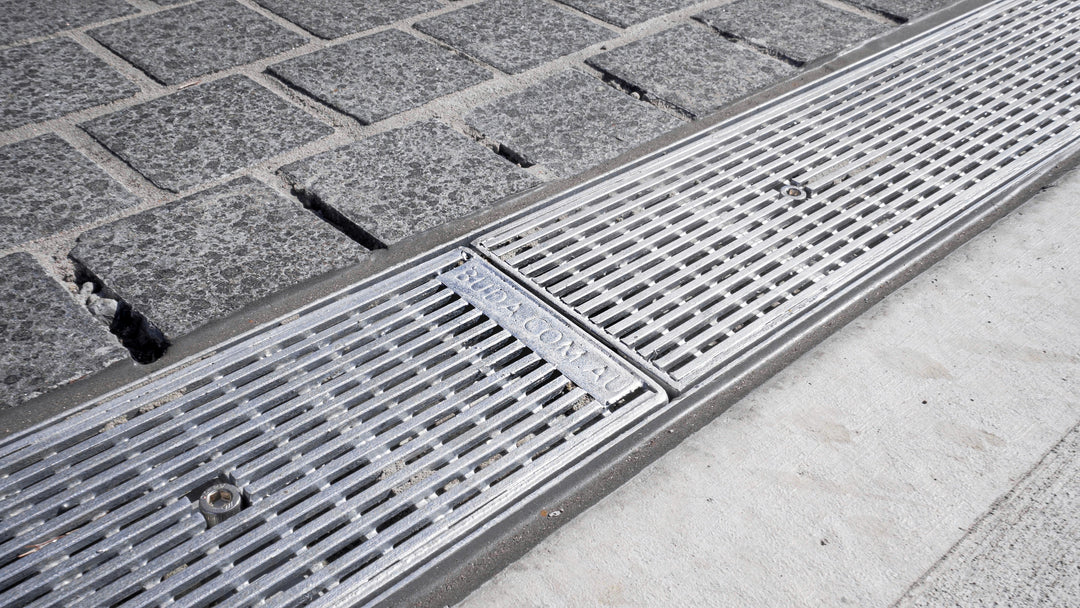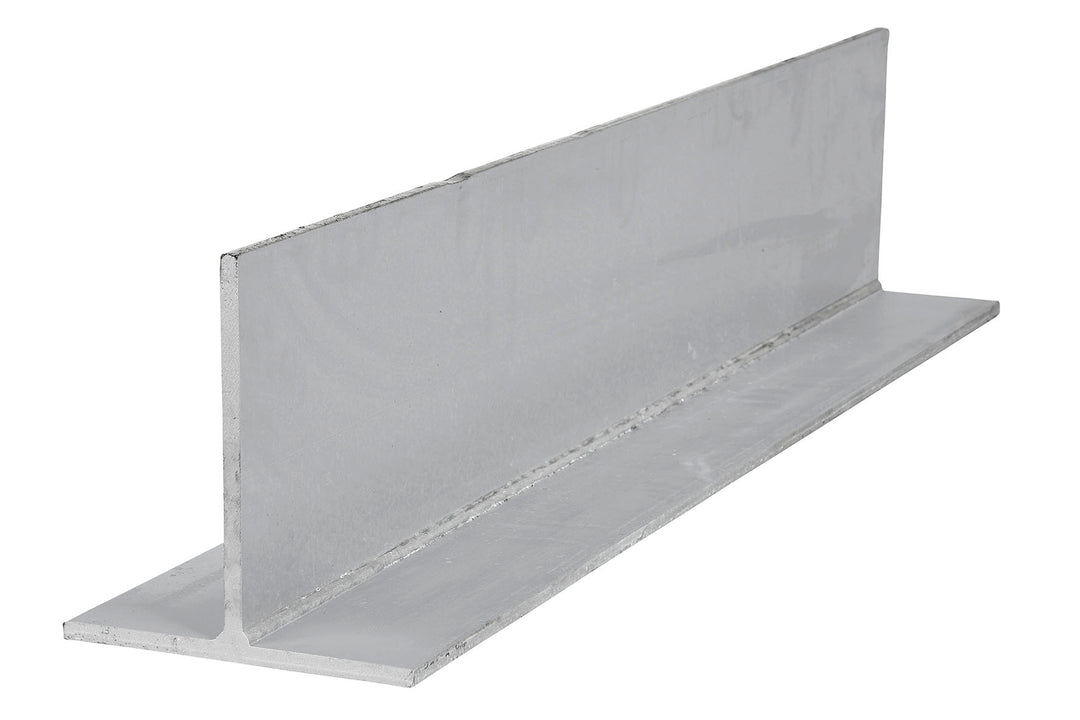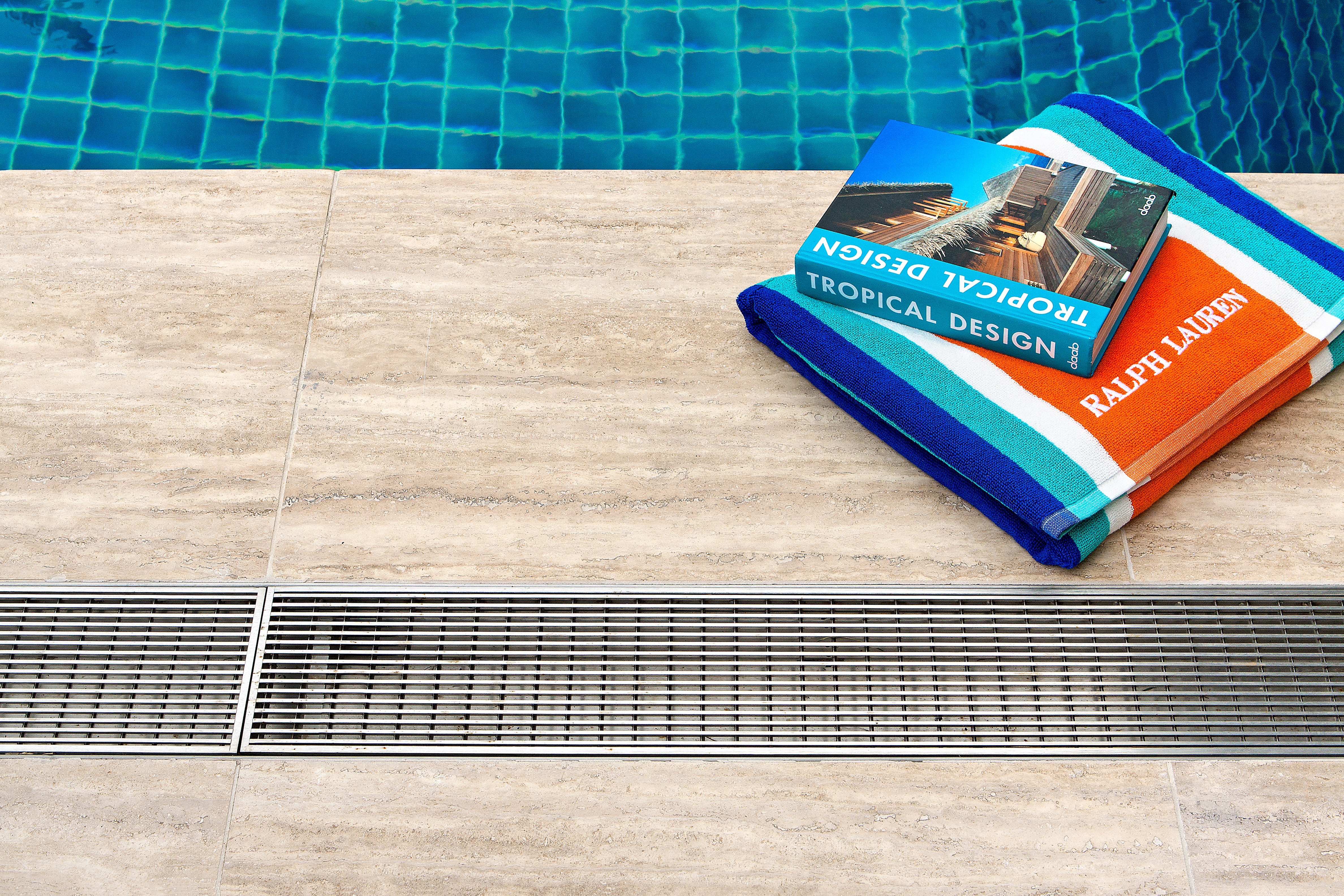Strong Foundations, Infinite Uses: The Diverse Applications of Structural Steel

Structural steel stands out in construction and architectural design as a beacon of versatility and strength. Its widespread application in various industries underscores its pivotal role in shaping modern infrastructures. From the towering skyscrapers that punctuate our cityscapes to the intricate, avant-garde designs of contemporary architecture, the typical uses of structural steel are vast and varied. Dive into this comprehensive exploration of structural steel uses and discover why it's the material of choice for countless projects, including those all-important DIYs.
The Basics: What is Structural Steel?
Structural steel is a specialised category of steel primarily designed for construction and architectural applications. It's meticulously shaped into many forms, such as I-beams, plates, channels, and more, to cater to the unique demands of various construction projects.
One of the standout features of structural steel is its unparalleled strength and adaptability, making it an ideal candidate for many construction endeavours. Furthermore, its cost-effectiveness adds another feather to its cap, solidifying its position as a top choice in the construction industry.
Australian Standards for Structural Steel
In Australia, the use of structural steel is governed by stringent standards, notably AS 4100 and AS/NZS 4600. These standards are a testament to the commitment to ensuring the utmost safety, reliability, and quality of structures incorporating structural steel.
AS 4100 - Steel Structures
This standard sets the criteria for the design and construction of steel structures. It provides guidelines on material selection, design, fabrication, erection, and testing of steel elements used in construction. The primary objective of AS 4100 is to ensure that steel structures can withstand various loads and stresses they might encounter during their service life, including those from natural events like earthquakes and cyclones. By adhering to this standard, engineers and architects can be confident in the structural integrity and safety of their steel-based designs.
AS/NZS 4600 - Cold-formed Steel Structures
While AS 4100 focuses on general steel structures, AS/NZS 4600 specifically addresses cold-formed steel. Cold-formed steel is shaped at room temperature, unlike hot-formed steel, which is shaped at high temperatures. This standard provides guidelines on designing, manufacturing, and installing cold-formed steel structural members. Given the unique properties and behaviours of cold-formed steel, AS/NZS 4600 ensures that these structures maintain their strength, durability, and safety throughout their lifespan.
Both these standards underscore Australia's commitment to upholding the highest levels of safety and quality in construction. Setting clear guidelines and criteria ensures that structural steel, a cornerstone of modern buildings, is used optimally and safely. For professionals in the field, adhering to these standards is not just about compliance but ensuring their projects' long-term reliability and safety.
What Are Structural Steel Grades?
The vast world of structural steel is further categorised into various grades. These grades serve as a pivotal indicator, shedding light on the distinct characteristics and properties of each steel type. With thousands of steel grades, each is uniquely defined by its chemical composition, physical attributes, and environmental resilience.
Prominent national and international standards organisations have set specific criteria for categorising structural steels into these grades. These standards act as a beacon for engineers, providing a comprehensive guide when navigating the intricacies of structural steel applications.
A prime example of a steel grade is Grade 250. This is a medium-strength structural steel plate predominantly utilised in high-rise edifices, expansive bridges, and general fabrication. While the properties remain consistent, Grade 250 structural steel is available in an extensive range of thicknesses, spanning from a slender 3mm to a robust 300mm.
Diving deeper into the realm of steel grades, we encounter Grade 350, known for its augmented strength. Then there's Grade 1045, meticulously crafted for high-heat applications teeming with dynamic components, such as gears. Lastly, Grade 500 stands out for its unparalleled toughness and lead-bearing properties, making it a staple in mining equipment.
The Many Faces of Structural Steel
Structural steel is a versatile material in various forms tailored for specific applications. Each type has unique characteristics that make it suitable for different structural and aesthetic purposes:
- Universal Beams (I-beams): Often referred to as I-Beams, H-Beams, or simply universal beams, these foundational elements are shaped like the letter 'I'. Essential for large-scale constructions, they support heavy loads and are foundational in steel frameworks. Purchase Universal Beams.
- Steel Columns (Universal Columns): These vertical structures in buildings provide essential support, shaping the construction and bearing significant loads. Discover our range of Universal Columns.
- Steel Angles (Angled Beams): L-shaped beams, also known as steel angles, are used in various structures, from residential buildings to infrastructure projects, serving purposes like creating corners and framing. Explore our Angled Beams.
- Steel Channels (Parallel Flange Channels): U-shaped beams, ideal for construction and civil engineering. These C-sections are perfect for load-bearing applications, especially as support for floor joists. Check out our Parallel Flange Channels.
- Steel Flat Bars: Versatile bars with applications ranging from infrastructure projects to ornamental designs. View our Steel Flat Bars collection.
- Tee Sections: The traditional T-Bar, also known as a T-shaped section, is versatile and suitable for structural support and aesthetic enhancements.
- Tapered Flange Beams: These are similar to universal beams but come with tapered flanges, offering a different structural profile.
- Plates: Highly versatile, these can be shaped to fit specific construction needs and are often used as base plates in various projects.
- Channels: With a design distinct from parallel flange channels, these are ideal for applications like bridges and marine structures.
- Bearing Piles: When achieving a solid foundation is challenging, bearing piles ensure stability and structural soundness, providing the necessary support.
Vincent Buda & Co offers a comprehensive range of structural steel products, ensuring quality and durability for all construction needs. Whether you're looking for specific beams, columns, or other steel products, we have you covered. Browse our collection of lintels and T-bars for more options.
Typical Uses of Structural Steel
Structural steel stands out as a paragon of strength, versatility, and aesthetic appeal in the vast landscape of construction materials. Structural steel uses are as diverse as they are essential:
- Construction: Structural steel is the unsung hero behind the towering skyscrapers that define city skylines. Its unparalleled strength and adaptability empower architects to envision and create structures that reach great heights and stand resilient against natural adversities like earthquakes. In these architectural marvels, steel columns and beams lay the foundational support, while I-beams, often referred to as universal beams, play a pivotal role in ensuring stability.
- Infrastructure Projects: When you drive across a bridge, travel on a highway, or pass through a tunnel, you're experiencing the reliability of structural steel. Essential for their durability, structural steel components are especially valued in these projects for their corrosion resistance. When treated or coated, they are ideal for structures exposed to varying weather conditions and environmental elements.
- Industrial Settings: The industrial realm, with its factories and warehouses, demands materials that can withstand the rigours of heavy machinery and the relentless wear and tear of daily operations. Structural steel, renowned for its high tensile strength, emerges as the perfect candidate, ensuring these facilities stand robust and durable.
- Architectural Designs: Structural steel's appeal isn't limited to its strength. It's also a symbol of modern aesthetics. Contemporary residential and commercial designs frequently integrate steel angles and channels. Their sleek appearance and minimalist charm make them structural necessities and design centrepieces.
In every corner of modern infrastructure, from the towering heights of city buildings to the intricate designs of contemporary homes, structural steel proves its mettle, showcasing its versatility and indispensability.
Iconic Australian Structures Built Using Structural Steel
Structural steel has played a pivotal role in shaping Australia's architectural landscape. Its versatility, strength, and adaptability have made it the material of choice for some of the nation's most iconic structures. Here's a look at a few:
1. Sydney Harbour Bridge, Sydney:

Often referred to as the "Coathanger" due to its arch-based design, the Sydney Harbour Bridge is a marvel of structural steel engineering. Completed in 1932, it remains the world's largest steel arch bridge. The bridge's arch alone consists of 39,000 tonnes of steel, showcasing the material's ability to support massive structures while retaining elegance.
2. Eureka Tower, Melbourne:

Standing at 297.3 metres, the Eureka Tower is one of the tallest residential buildings in the world. Structural steel played a crucial role in its construction, allowing for its sleek design and ensuring its stability against high winds and seismic activities.
3. Q1 Tower, Gold Coast:

Inspired by the Olympic torch and the Sydney Opera House, the Q1 Tower in the Gold Coast is another testament to the wonders of structural steel. As the tallest building in Australia, it utilises structural steel to achieve its unique design and maintain structural integrity.
4. Adelaide Oval Redevelopment, Adelaide:

The historic Adelaide Oval underwent a significant redevelopment, with structural steel at the heart of its transformation. Using steel allowed for innovative designs, including the unique roof structure that offers unobstructed views of the action.
5. One One One Eagle Street, Brisbane:

This skyscraper stands out for its organic design, inspired by fig trees. Structural steel enabled the creation of its unique "tree column" design, which gives the building its distinctive appearance while ensuring structural soundness.
These structures not only highlight the architectural prowess of Australia but also showcase the limitless possibilities of structural steel. From bridges to skyscrapers, structural steel continues to shape Australia's skyline, proving its worth as a reliable, versatile, and aesthetically pleasing construction material.
The Advantages of Using Structural Steel
Structural steel is not just a material; it's a solution that offers many benefits for various construction needs.
Here are the key advantages:
- Durability: Structural steel's resilience is unmatched. It can endure external pressures, from heavy snowfall to high winds, ensuring the structure's longevity. This durability is one of the primary reasons many industries favour it.
- Strength: With an impressive strength-to-weight ratio, structural steel is perfect for supporting heavy loads, making it a reliable choice for large-scale constructions.
- Adaptability: One of structural steel's standout features is its adaptability. It can be moulded into almost any shape, catering to custom projects and architectural designs. This flexibility also means that modifications can be made post-installation without jeopardising the structure's integrity.
- Cost-Efficiency: Structural steel proves to be cost-effective in the long run. Advances in steel production have further reduced costs, making it an economical choice for various projects. Its durability translates to fewer repairs, and its adaptability can reduce labour costs.
- Aesthetic Versatility: Beyond its structural benefits, steel offers aesthetic versatility. Its adaptability allows architects and designers to bring their creative visions to life without compromising strength or integrity.
- Sustainability: Steel stands out as an environmentally friendly material. Over 90% of structural steel is recyclable, making it one of the most sustainable building materials. As global industries shift towards more sustainable practices, using recyclable materials like steel becomes paramount.
- Fire Resistance: While steel is inherently non-combustible, it's essential to be aware of its 'Critical Temperature' – the temperature at which it can no longer support a load. This knowledge ensures that steel structures remain safe even in the face of fire.
Incorporating structural steel into construction projects offers strength, versatility, and sustainability, making it a preferred choice for modern-day construction.
Steeling the Spotlight: The Future of Construction
From its foundational role in iconic Australian landmarks to its subtle presence in modern homes, the various applications of structural steel are a testament to its unmatched versatility and strength. Its adaptability, aesthetic appeal, and sustainability make it an indispensable asset in construction and design.
Eager to explore the world of structural steel further? Dive into our comprehensive range of products and discover the best in quality and design. Whether you're embarking on a new construction project or seeking insights into structural steel applications, we're here to guide and assist. Explore our structural steel collection now.
Frequently Asked Questions about Structural Steel
- What is structural steel?
Structural steel is a specialised category of steel primarily designed for construction and architectural applications. It is shaped into various forms, such as I-beams, plates, and channels, to cater to different construction needs. Its key features include unparalleled strength, adaptability, and cost-effectiveness.
- Why is structural steel important in Australia?
In Australia, the use of structural steel is governed by stringent standards, notably AS 4100 and AS/NZS 4600. These standards ensure the utmost safety, reliability, and quality of structures incorporating structural steel.
- What are the Australian standards for structural steel?
The two primary Australian standards for structural steel are AS 4100, which focuses on general steel structures, and AS/NZS 4600, which specifically addresses cold-formed steel structures.
- What are structural steel grades?
Structural steel grades categorise steel based on its distinct characteristics and properties. These grades are defined by their chemical composition, physical attributes, and environmental resilience. Examples include Grade 250, Grade 350, Grade 1045, and Grade 500.
- What are the typical uses of structural steel?
Structural steel is widely used in construction for skyscrapers, bridges, tunnels, and more. It's also essential in industrial settings, architectural designs, and infrastructure projects due to its strength, adaptability, and aesthetic appeal.
- What are some iconic Australian structures built using structural steel?
Some iconic Australian structures built using structural steel include the Sydney Harbour Bridge, Eureka Tower in Melbourne, Q1 Tower in Gold Coast, Adelaide Oval Redevelopment, and One One One Eagle Street in Brisbane.
- What are the advantages of using structural steel?
The key advantages of using structural steel include its durability, strength, adaptability, cost-efficiency, aesthetic versatility, sustainability, and fire resistance.
- How does structural steel contribute to sustainability?
Over 90% of structural steel is recyclable, making it one of the most sustainable building materials. Its use aligns with global shifts towards more sustainable construction practices.
- Where can I find quality structural steel products?
Vincent Buda & Co offers a comprehensive range of structural steel products, ensuring quality and durability for all construction needs. Their collection includes beams, columns, and other essential steel products.
- How does structural steel shape the future of construction?
Structural steel's versatility, strength, and adaptability make it an indispensable asset in modern construction and design. Its applications range from iconic landmarks to modern homes, showcasing its pivotal role in shaping the architectural landscape.


